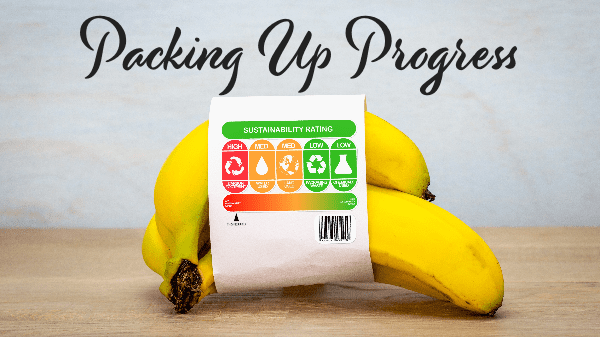Packaging is one of the most critical facets of the perishables supply chain.
By the very nature of what it protects, it must continually evolve to help maintain freshness and flavor and deliver the highest quality product to receivers, retailers, and consumers.
New developments are constant, but not all work. In this Produce Blueprints online series, we take a look at the latest packaging innovations and let the experts weigh in.
While some public markets still eschew packaging in anything but sacks and boxes, most of the produce industry is continually on the hunt for new kinds of packaging, contributing to a market expected to reach a value of over $42 billion by 2027.
But packaging has become about more than just ripeness, taste, and product safety.
Much plastic packaging, as much as 30 percent of the 34.5-million-ton total of U.S. waste going directly to landfills, has the greater food and beverage industry seeking ways to reduce its use, and in many cases eliminate or ban it.
Eight U.S. states have instituted bans on single-use plastic bags, with more considering similar actions. The federal government is on the same page, looking into several laws in its next session, including the Protecting Communities from Plastics Act, to further regulate the use of plastics.
It’s clear the future involves moving away from plastics to more innovative technologies—to not only reduce waste and provide benefits to consumers, but to tweak efficiencies within the supply chain and increase profitability.
A recent report by Visiongain predicts a compound annual growth rate of 3.7 percent over the next decade.
Blueprints reached out to packagers, trade groups, and other industry experts to ask them about recent developments and what they believe is in store for packaging in the near future.
This is an excerpt from the Applied Technology department in the July/August 2023 issue of Produce Blueprints Magazine. Click here to read the whole issue.



